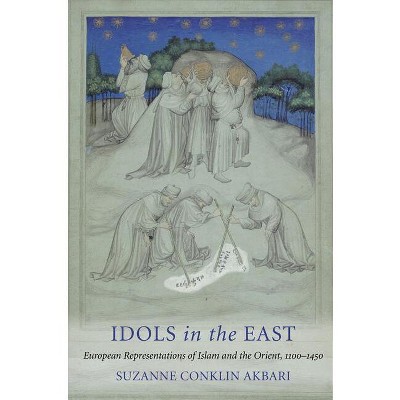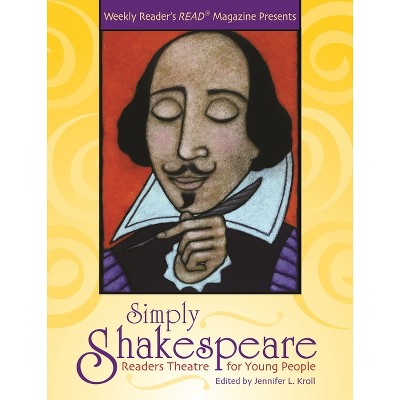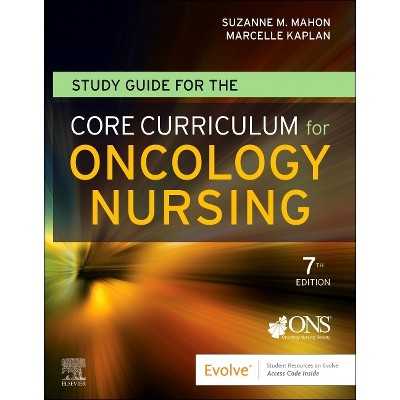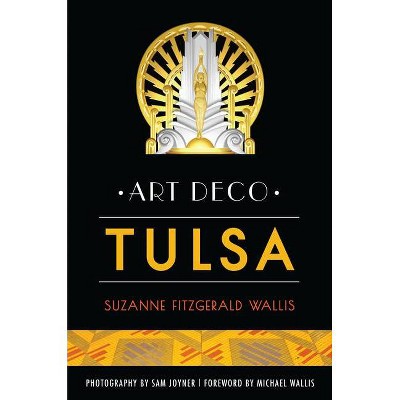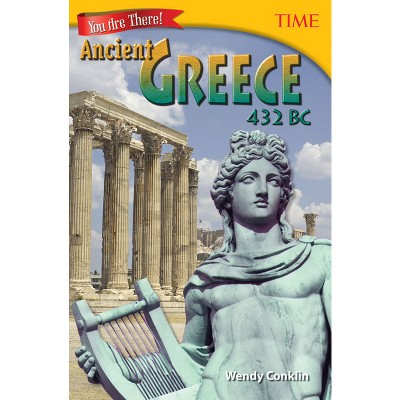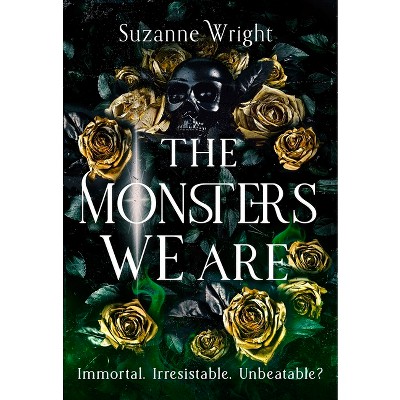Sponsored

Textiles in Manuscripts - by Melissa Moreton & Suzanne Conklin Akbari (Hardcover)
Pre-order
Sponsored
About this item
Highlights
- Die Verwendung von Textilien in Büchern und Manuskripten war von der Spätantike bis in die frühe Neuzeit weit verbreitet.
- About the Author: Melissa Moreton is a codicologist and scholar of the history of the book, who is particularly interested in material culture and the development and exchange of manuscript technologies across Eurasia, Africa, and the Americas.
- 320 Pages
- Art, History
Description
Book Synopsis
Die Verwendung von Textilien in Büchern und Manuskripten war von der Spätantike bis in die frühe Neuzeit weit verbreitet. Sie dienten als Verstärkung der Bindung oder als Einband, wurden benutzt, um eine kostbare Buchmalerei zu verzieren oder zu schützen. Im Buch verborgende Teile von Kleidungsstücken oder liturgischen Gewändern dienten der Vermittlung von Heiligkeit. Gemalte Darstellungen von Textilien wurden mit realen Stoffen kombiniert.
Die interdisziplinären Beiträge des Bandes untersuchen die Nutzung von Textilien in Büchern und Manuskripten, vom praktischen bis zum ornamentalen Einsatz und darüber hinaus. Jeweils ausgehend von bestimmten Traditionen oder einzelnen Büchern aus Europa, Asien und Afrika zeigen sie, wie die lokale Buchproduktion mit den dynamischen globalen Handelsnetzwerken verbunden war.
About the Author
Melissa Moreton is a codicologist and scholar of the history of the book, who is particularly interested in material culture and the development and exchange of manuscript technologies across Eurasia, Africa, and the Americas. She works on projects relating to global book history (1000-1700) and Indigenous language and cultural revitalization.
Suzanne Conklin Akbari has expanded the range and methods of exploring texts from the Middle Ages, pushing the boundaries of traditional readings and exploring shared histories. Her research has traced the evolving relationship between sight and knowledge as manifested in a range of poetic texts, explored the relationship between Islam and Christianity, challenged the notion of medieval European literature's insularity, and highlighted the influence of Arabic poetry, music, and philosophy.






